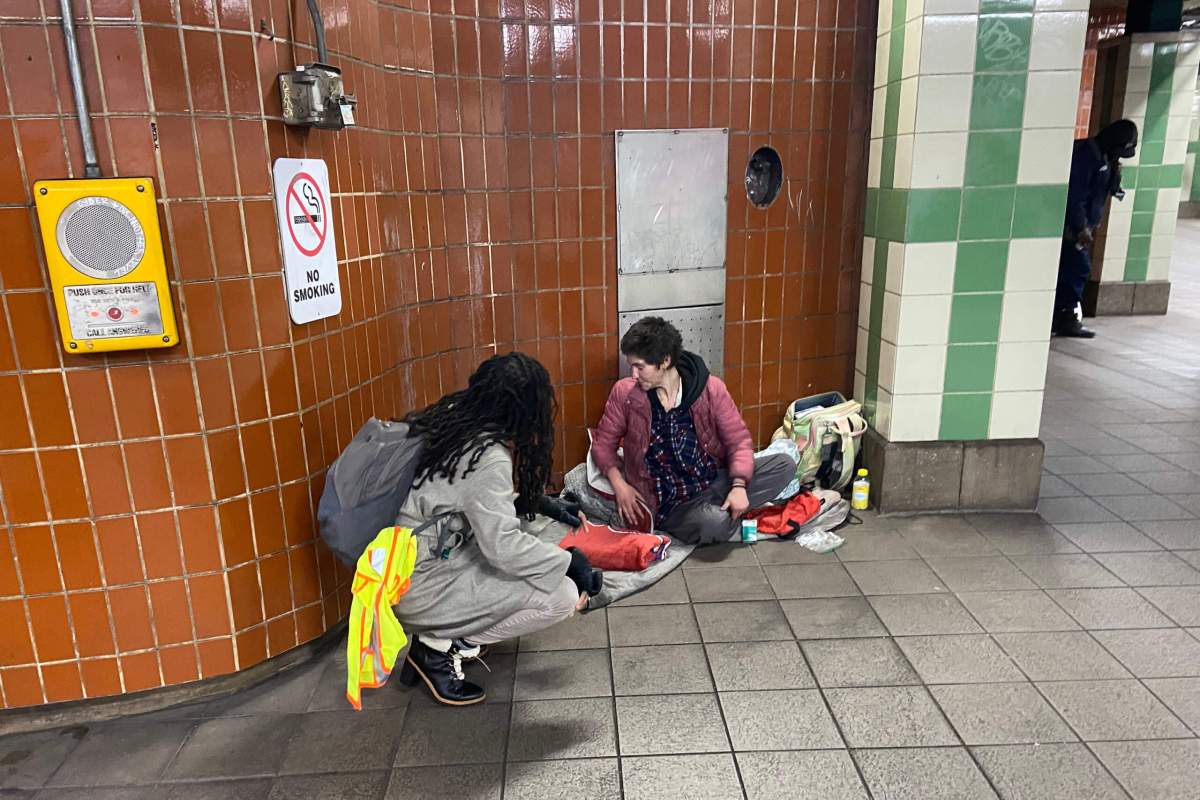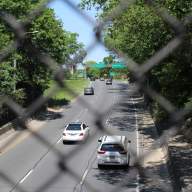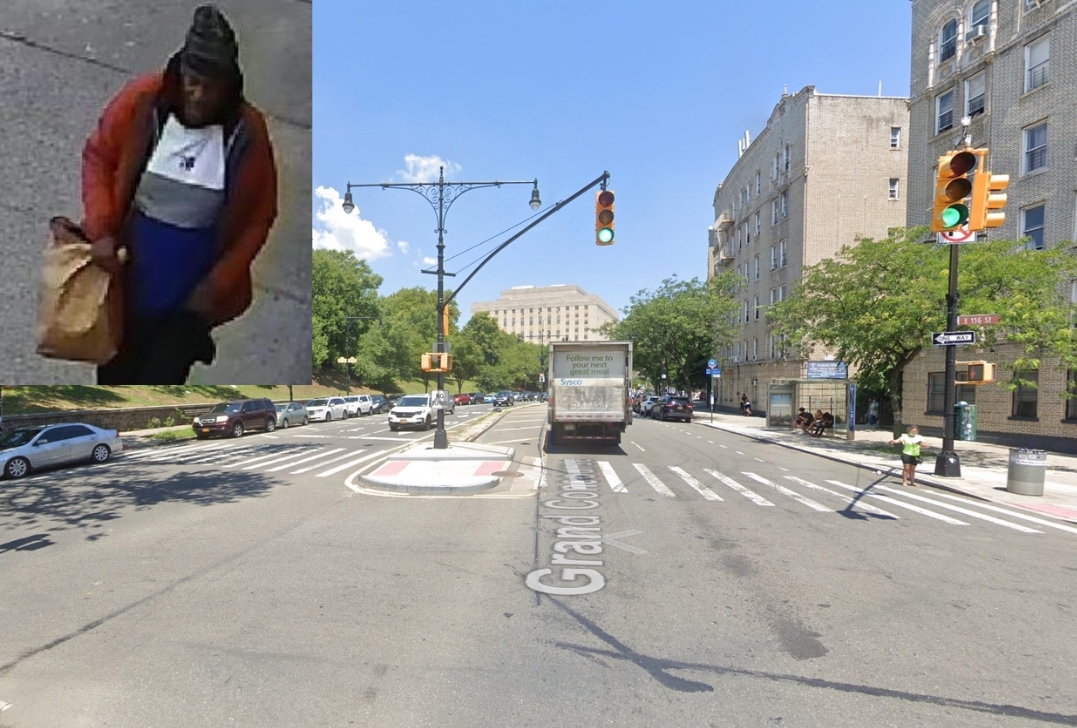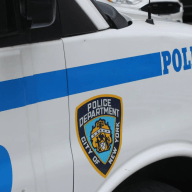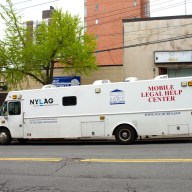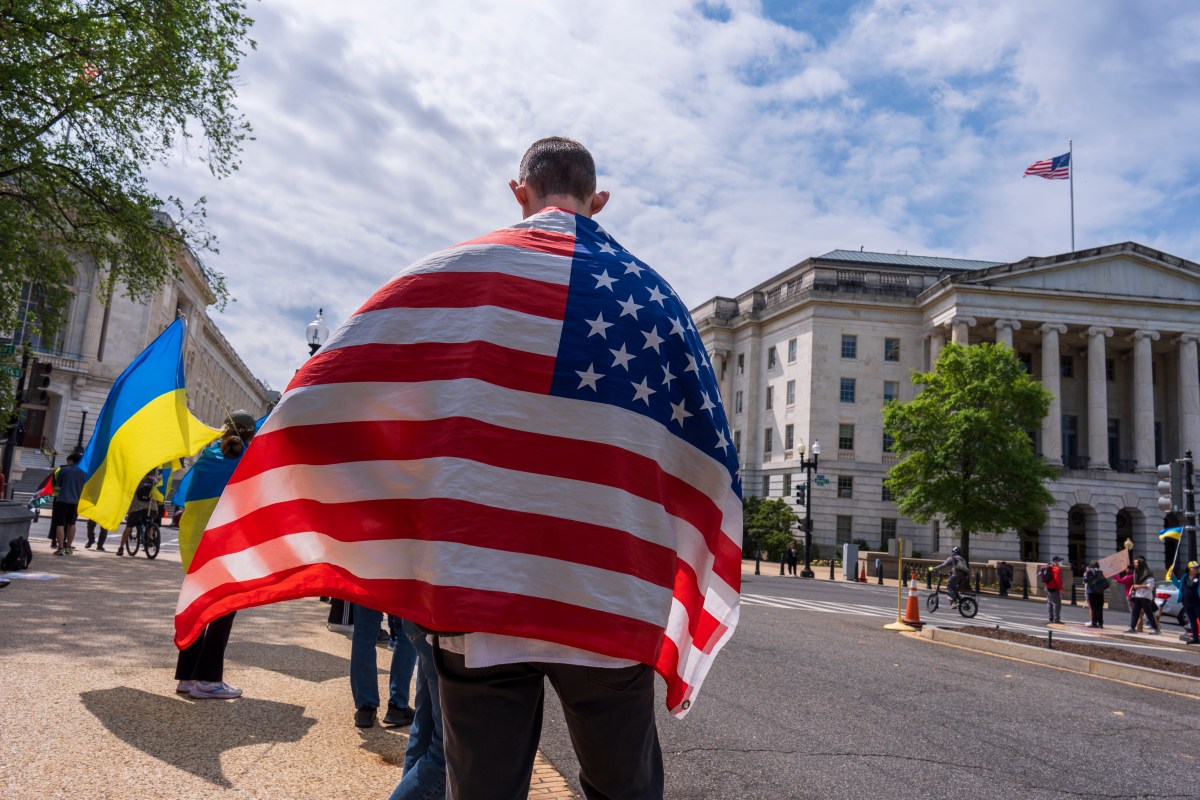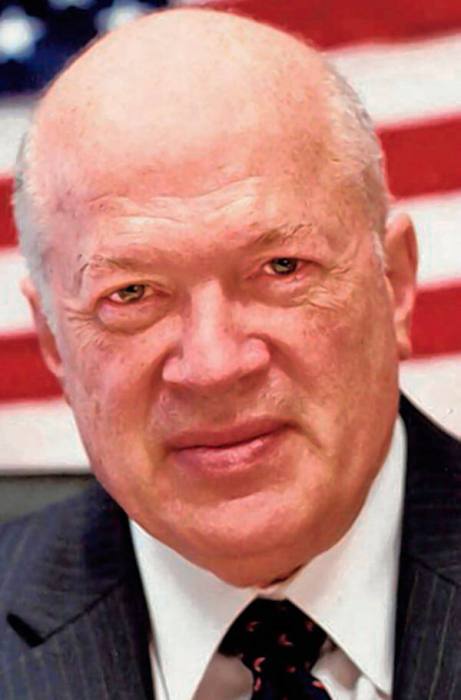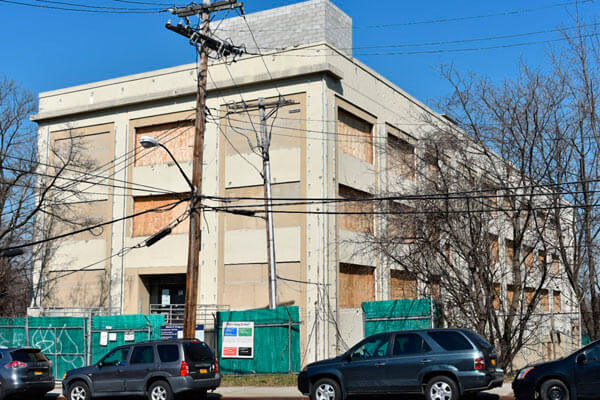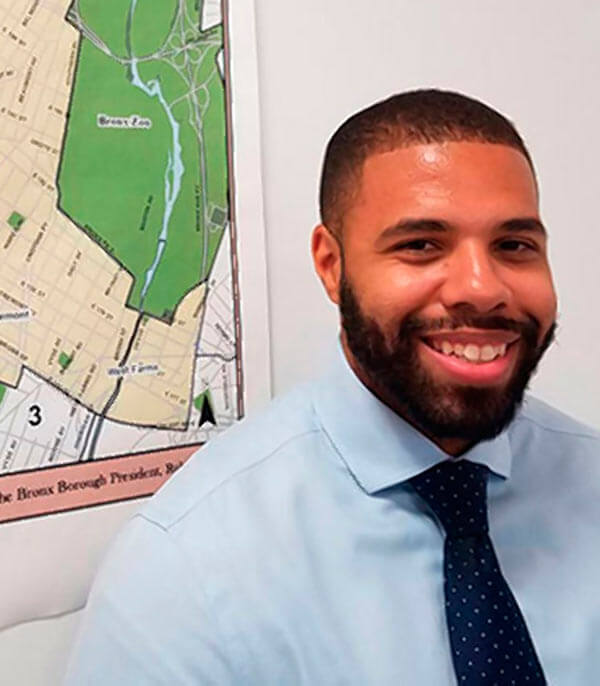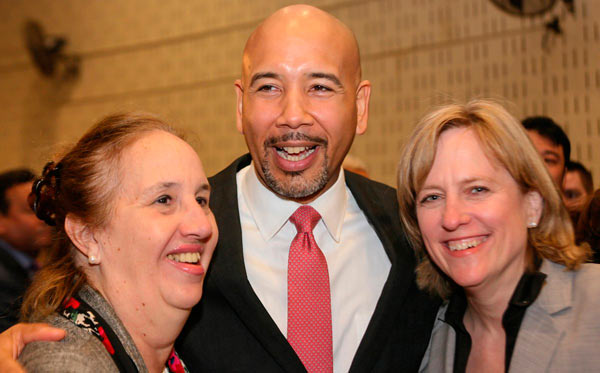This article was originally published on by THE CITY
Kenneth Divers has spent more than two decades at the Southeastern Pennsylvania Transportation Authority, mostly focused on buses and trolleys for the nation’s sixth-largest transit system.
But with SEPTA among the transportation agencies increasingly turning attention to social services, Divers last March started a newly created job there assisting people with mental illness, homelessness and drug addiction at stations in and around Philadelphia.
“We have to rethink our business model,” Divers, who now leads SEPTA’s “vulnerable population task force,” told THE CITY. “We can no longer say we are just a basic transportation company.”
In New York, the MTA has stuck to more traditional thinking, with the nonprofit Bowery Residents Committee paid millions of dollars a year by the transit agency and the city’s Department of Social Services to conduct homeless outreach that has repeatedly been criticized by state Comptroller Thomas DiNapoli as “shoddy.”
“We are a transportation agency,” Janno Lieber, the MTA chairperson and CEO said last week at his confirmation hearing when a state senator demanded that subway restrooms closed early in the pandemic be reopened.
On Monday, Lieber said riders are feeling “vulnerable” from what he called “all-too-frequent interactions with New Yorkers struggling with mental health issues.”
“We have compassion for the most vulnerable people in our city,” Lieber said. “But we also recognize that our riders are coming face to face with a crisis and something must be done.”
Gov. Kathy Hochul and Mayor Eric Adams pledged this month to send state-sponsored outreach workers and more NYPD officers into the country’s largest subway system.
A main goal, Hochul said, is to help the homeless go “somewhere else that is safe and worthy of them.”
Adams on Sunday said the city will use plainclothes police officers and mental health professionals as well as civilian “violence interrupters” to combat the mental health crisis and gun violence. He gave further details on the plan on Monday.
‘Offer a Lot and Give Nothing’
Several people who sleep in transit stations told THE CITY the help they are supposed to receive is lacking and that they don’t want to stay in shelters, which can be chaotic and dangerous.
“They don’t come around as often as they need to, as often as they should,” said Timothy Jackson, 61, who was asking riders for change Thursday at the 81st Street-Museum of Natural History stop in Manhattan. “Once in a blue moon, you’ll see them down here with the orange jackets.”
“They offer a lot and give nothing,” said a 76-year-old homeless man at Penn Station who asked to be identified only by his first name, Ramon. “They say, ‘Let’s get you into a shelter,’ and I’ve tried them, but they’re not safe with so many disturbed people crammed in there.”

Hochul said an initial rollout of teams of mental health workers in the subway will begin this week — after a man allegedly pushed Michelle Go off a platform Jan. 15 at the Times Square-42nd Street station. The program will not be fully staffed until the summer.
That’s on top of the $49.3 million paid to the Bowery Residents Committee since 2013, with the MTA and the city previously splitting the bill for outreach throughout the system — including on trains and at stations with a sizable homeless population. The city’s new contract that started in October 2020 will pay the organization $70.3 million through next June, records show.
Muzzy Rosenblatt, president and CEO of the Bowery Residents Committee, did not respond to a request for comment.
Isaac McGinn, a spokesperson for the city’s homeless services department, said workers “engage unsheltered individuals who are utilizing or leaving the subways about accepting services, survey them for any symptoms, and connect them to care, to isolation, or to shelter as needed.”
‘All Hands on Deck’
Meanwhile, across the country, smaller transit agencies have been hailed for adopting new public safety strategies with the mentally ill and homeless within their stations.
As part of its annual “Frequency Awards,” TransitCenter, a Manhattan-based research organization, last month recognized SEPTA for the best innovation in social service among transit agencies.
Along with a nonprofit partner and the city of Philadelphia, SEPTA uses an 11,000 square foot space inside a Center City transit complex to provide the homeless with bathrooms, showers and free laundry service at Project Home’s “Hub of Hope.”
“There is not enough of this,” said Chris Van Eyken, the author of TransitCenter’s July 2021 “Safety for All” report. “But in light of cultural reforms post-George Floyd, we’ve had more agencies start to think about this.”
SEPTA also widened its social service efforts through a $3.6 million contract with private agencies, expanding from seven to 57 contracted social workers and launching an initiative named SCOPE — Safety, Cleaning, Ownership, Partnership and Engagement — that emphasizes services over policing.
The agency is also hiring more than 50 new SEPTA police officers and more than 20 additional security guards, a spokesperson said.
“This is an all-hands-on-deck approach from almost every department in SEPTA,” Divers said.
Out west, Los Angeles Metro hired dozens of full-time social workers to do homeless outreach across 93 stations. Bay Area Rapid Transit, whose network extends across five counties in the San Francisco Bay Area, last November began sending unarmed crisis intervention specialist
out with police officers, had community groups staff station restrooms and put attendants on elevators to keep them from being soiled.
BART last year also hired its first-ever homelessness czar, Daniel Cooperman, who joined the transit agency after working more than a decade in social services. Among his duties: making connections with social service providers near transit stations in what he called “one of the epicenters of homelessness in the country.”
“What resources are right next to our station?” said Cooperman, the agency’s senior manager of social service partnerships since last May. “How can we make these natural connections?”
‘Coming Face to Face With a Crisis’
In New York, advocates for the homeless have been critical of past programs that relied on police officers to get at-risk people in the transit system out of stations and into shelters.
Jacquelyn Simone of the Coalition for the Homeless flagged the NYPD’s 2019 “Subway Diversion Program” — in which police would not issue summonses but encourage people to seek shelter — as “an instructive example of what not to do.”
“The presence of more police can actually make it harder for outreach teams to build trust with unsheltered New Yorkers and connect them with resources,” Simone told THE CITY. “The fundamental goal should not just be moving people out of sight, it should be giving people options that are better and safer than sleeping in the transit system.”
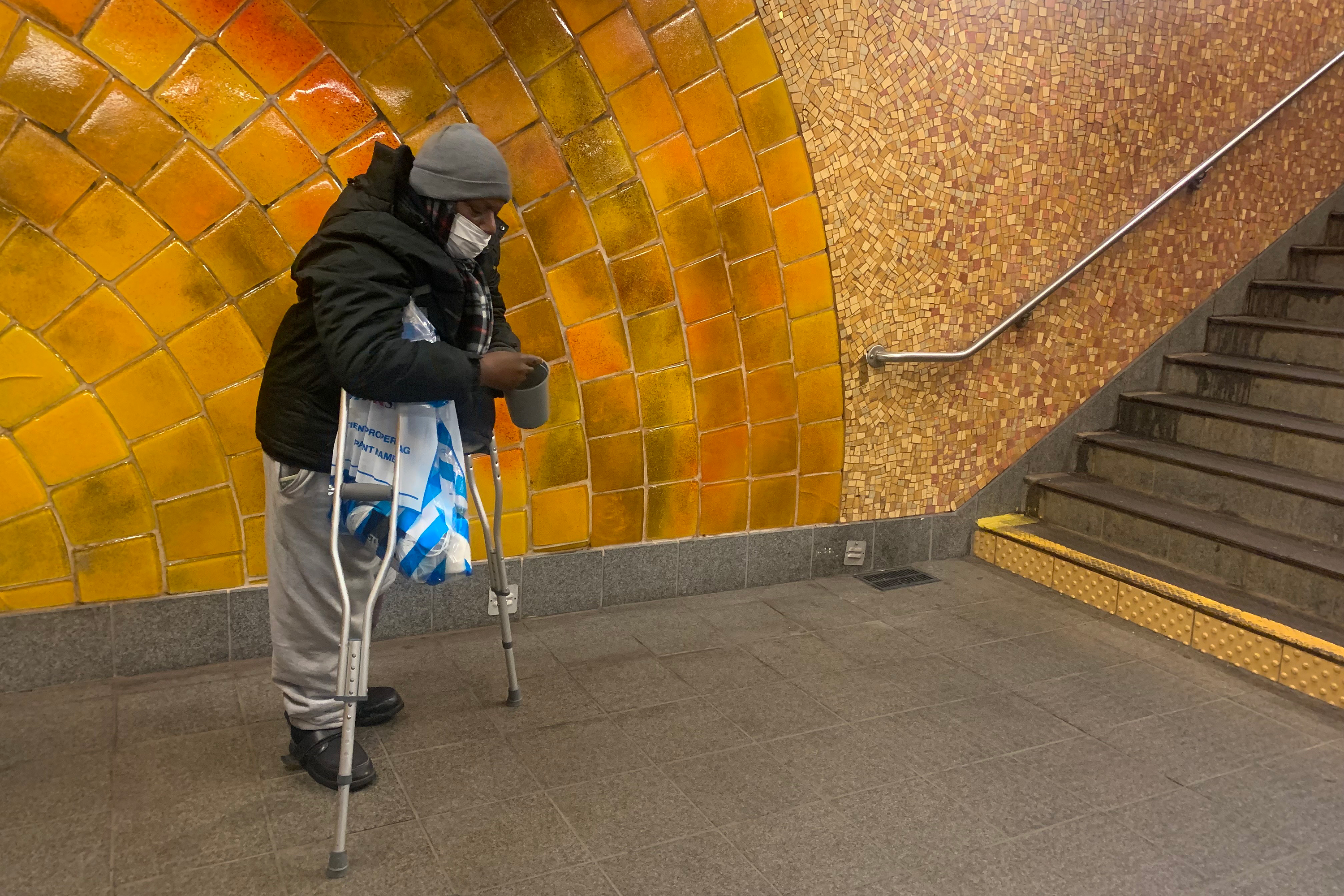
TransitCenter’s Van Eyken contends the MTA has been “explicitly hands off” on subway homelessness, though the agency does have a director of homeless outreach, Cynthia Wilson, who works with the city on serving those who shelter in stations.
“It’s hard to deny that cops do deter crime,” he said. “But at the same time, they can’t prevent homelessness by adding more cops to the system.”
Lieber said Monday that riders are feeling “unsafe,” citing Go’s death and an increasing number of incidents of people going onto subway tracks and into tunnels.
Jason Wilcox, the NYPD’s new chief of transit, said Monday that subway riders should expect an increased “uniform police presence.”
“They will be on the trains, they will be on the platforms,” he said. “They will be moving around Saturday night, Monday night, every day.”
THE CITY is an independent, nonprofit news outlet dedicated to hard-hitting reporting that serves the people of New York.

